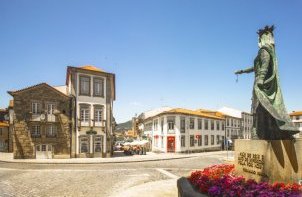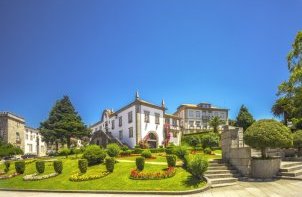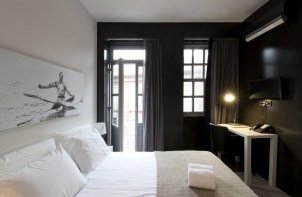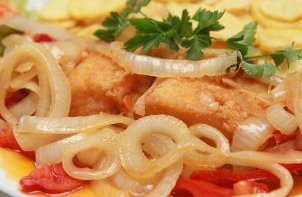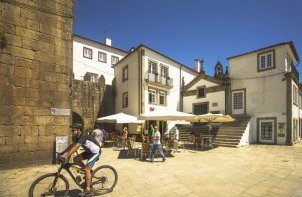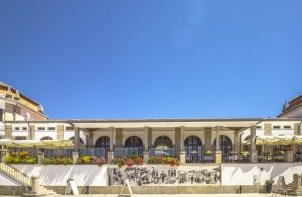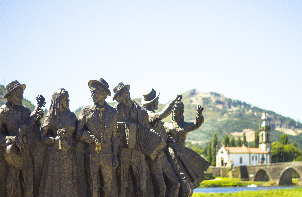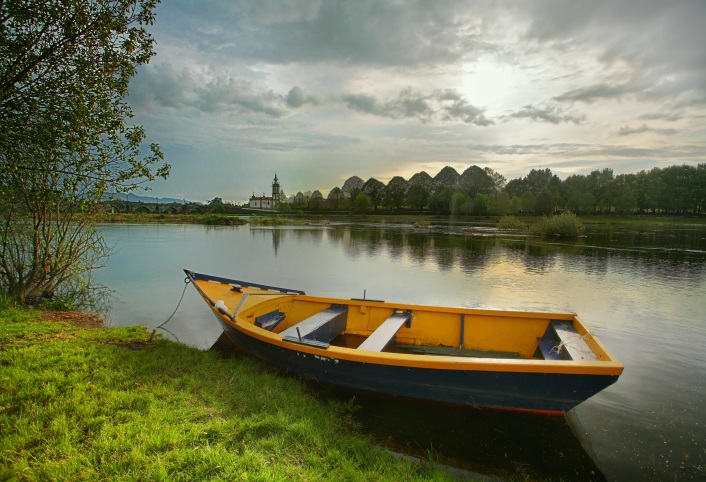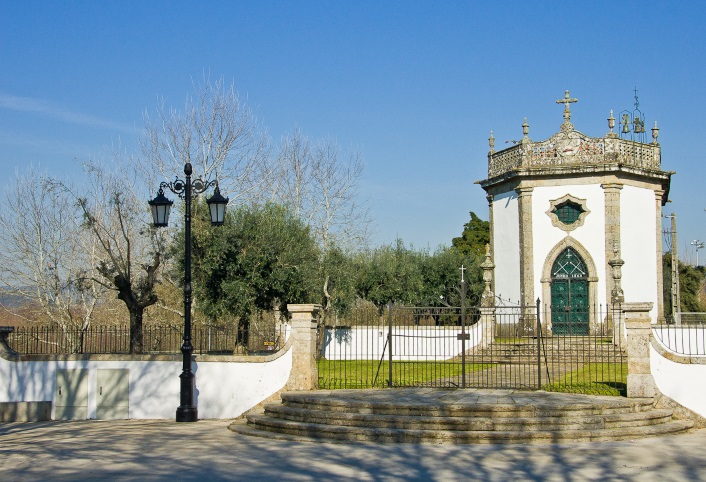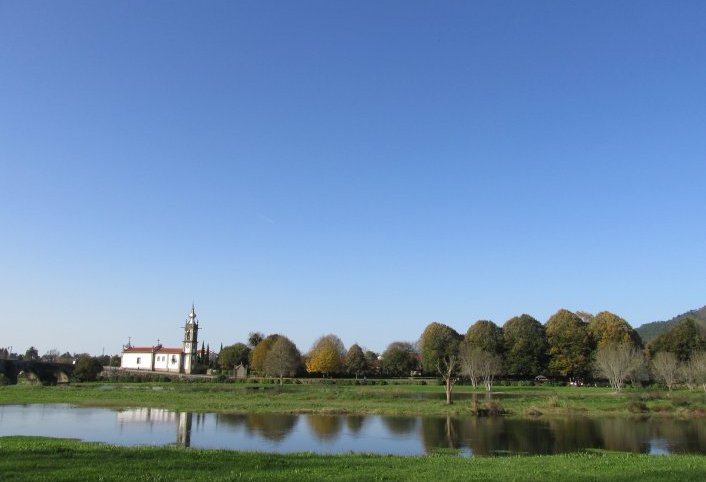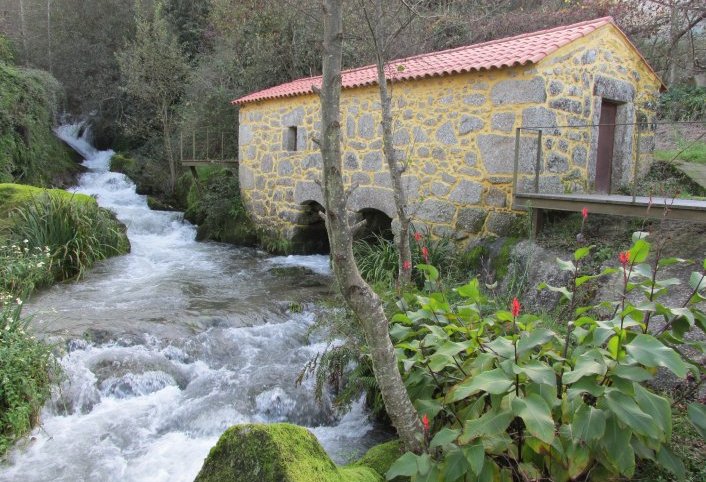Watermills Ecopath
The watermills' section in Ponte de Lima establishes the link between the village and the boundary of the municipality of Ponte de Lima with Ponte da Barca in Santa Cruz do Lima.We begin the section on the left bank, next to the Roman-Gothic bridge, Not far from the living room of Ponte de Lima, Largo de Camões The bridge, which joins the two banks 2000 years ago, is classified as a national monument. A unique work from the time of the Roman emperor Otávio César Augusto, he would suffer An increase in the Middle Ages due to a deviation from the riverbed and the destruction caused by weather or wars.
We continue towards the chapel of S. João, religious temple founded in 1867, which is characterized by its polygonal plan and its neo-Gothic door. Continuing the section, we came across an observation post. We advise a brief stop, if luck is on our side, to contemplate some species of fauna, especially water birds. On our shores are the EXPOLIMA, space dedicated to events, and the Urban Gardens of Ponte de Lima. The stretch departs slightly from the edge of the Lima to rejoin the river, in the vicinity of ruins where it worked, at least between 1894 and 1902, the lime kiln of Ribeira. Here the limestone was cooked for the production of lime. In the remaining extension of the section, we will be accompanied by the Lima river gallery, which gives a pleasant freshness to the trail.
We will find picnic areas and resting places, especially the gemieira mills area. We advise the ascent of Couto stream to a mill recovered by the Municipality of Ponte de Lima, where we can find information about its mode of operation.
Unlike the stretches that follow downstream of Ponte de Lima, there is a narrowing of the banks that reduce the space available for agriculture, which only occurs in the valley areas associated with the tributaries of Lima. Similarly, the differences in the river bed are notorious.
The water, which runs faster, finds in its course some granite blocks whose quantity increases as we move upstream. Artificial fisheries and dams that enhance the sound of water are common. The fisheries limit the places of passage of the lamprey, in their route to the spawn, facilitating their capture. The dams diverted the water to the mills.
Arriving in Santa Cruz do Lima, there is not much left for the ecovia to follow through the municipality of Ponte da Barca.
Download the file:

